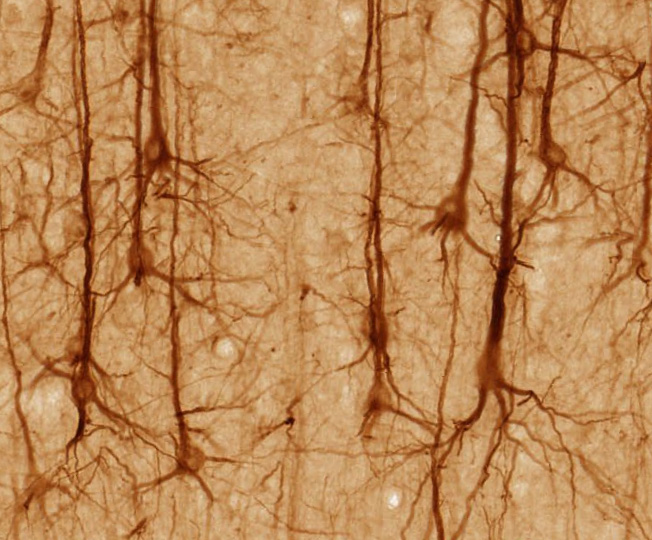Researchers at Duke University have identified a key protein used in spinal cord regeneration in zebrafish. The findings were presented in the November 4 edition of the Science journal.

An adult female zebrafish. Authorized for redistribution by the copyright holder. Retrieved from https://en.wikipedia.org/wiki/Zebrafish.
While zebrafish can completely regenerate their spinal cords even after it is severed, humans cannot. This makes spinal cord injuries (SCI) one of the most debilitating injuries for humans, as ability to walk and sense can be impaired. As SCI can be permanent, many patients require lifelong assistance with daily activities, resulting in loss of autonomy.
When a zebrafish’s spinal cord is undergoing regeneration, a bridge forms. The first cells (a cell is the basic functional unit of all living things) project lengths many times their own size and connect a wide length of the injury. This is followed by nerve cells, and after eight weeks, new nerve tissue has filled the gap formed by the injury, reversing the zebrafish’s paralysis.

Nerve cells in the brain. Shared under the Creative Commons license. Image by UC Regents Davis campus.
The researchers looked for genes (the basic functional units, made up of DNA, that instruct the body how to make proteins) whose activities changed throughout this process, and they focused on a protein called connective tissue growth factor (CTGF), as they found more of it in the supporting cells (glia) that formed the bridge within two weeks of the injury than before.
This finding is important because it provides a direction for research in achieving full recovery of function in patients with SCI. Although the researchers say that CTGF alone will probably not be enough for spinal cord regeneration due to scar tissue (new tissue that forms after injuries) in mammals, now that CTGF has been identified as a key protein for regeneration, it could be used with other proteins and therapies. The researchers expect that studies on CTGF will move towards mammals like mice.
In addition, knowing this new information about CTGF can lead research towards similar proteins. Indeed, the researchers themselves have indicated plans to study the other secreted proteins they observed when looking for genes with altered activities throughout the zebrafish’s healing process.
Permanent SCI have debilitating physical and psychological effects on their patients, their families, and the support system around them. An estimated 24-45% of people with SCI suffer from depression, and the suicide rate can be as great as six times of the general population. In fact, in young people with SCI, it is suicide that is the leading cause of death and not physical complications of the injury itself. The psychological impact is tragic, which is one of the reasons why I believe that improving patient outcomes for SCI is one of the most pressing needs for modern medicine, and also why I hope research funding continues to go towards spinal cord research.
-Jasper Yoo



